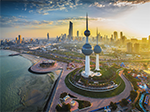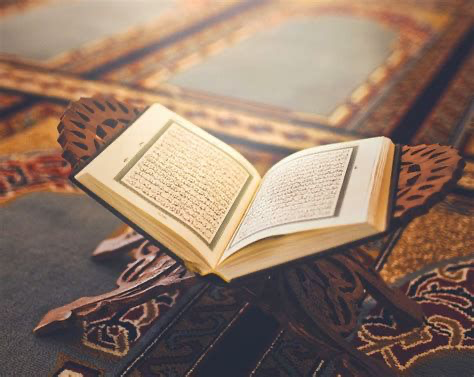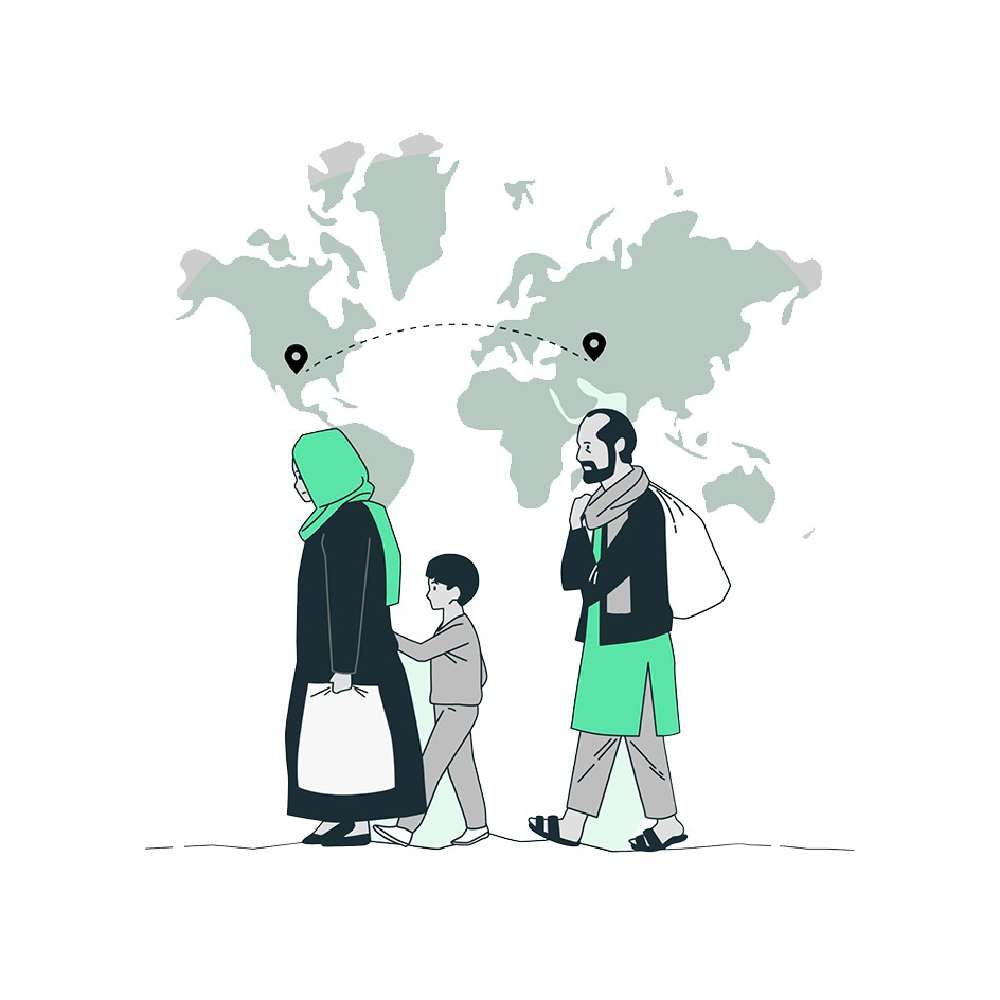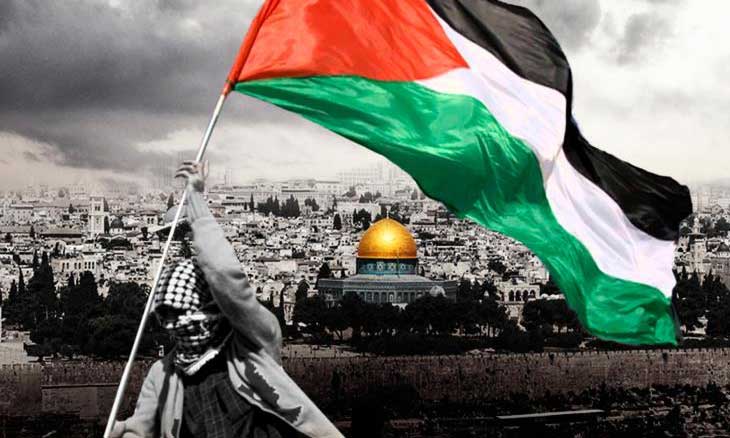Could Ibrahimi Mosque’s scenario Echo at Al-Aqsa?
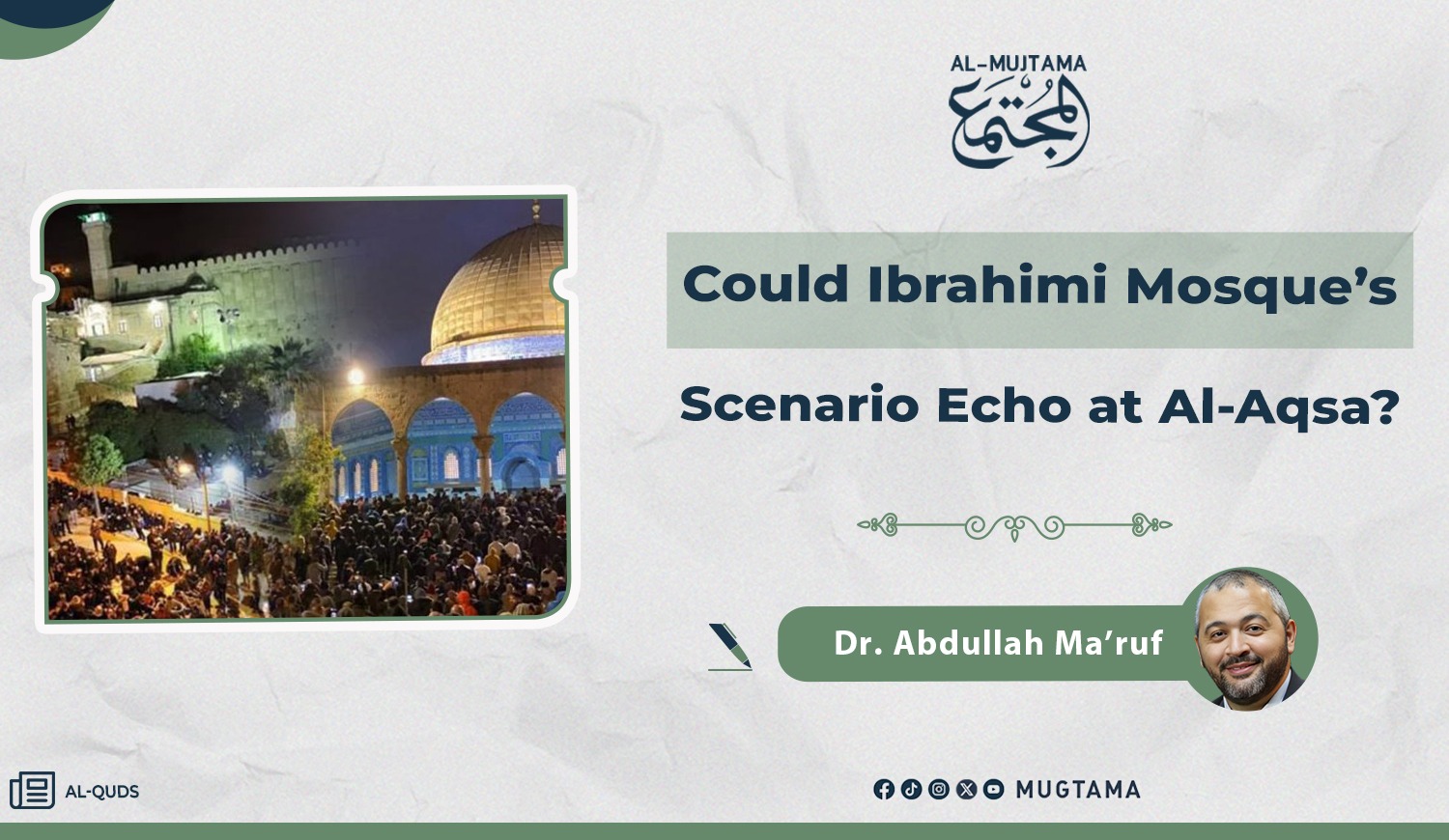
Since
the occupation of the city of Hebron in June 1967, the "Israeli"
occupation has taken the Ibrahimi Mosque as a central target in its Judaization project,
due to its religious and historical status in the Islamic consciousness, and
its deep symbolism in Palestinian history.
While
most mosques in the West Bank were subject to traditional Zionist military
administration, the occupation took a special path toward the Ibrahimi Mosque.
The "Israeli" army's chief rabbi, Shlomo Goren, stormed it
immediately after the occupation forces entered Hebron, closed its doors, and
performed Jewish religious rituals inside, declaring that the place had
historical Jewish rights.
What took decades to implement in the
Ibrahimi Mosque is being carried out in Al-Aqsa within a few short years!
Since
then, the policy of 'temporal division' began by granting Jews the right to
enter and pray at specific times. Initially, this was limited to certain Jewish
holidays, but it gradually expanded to become a near-daily occurrence. Due to
the lack of effective Arab and Islamic reactions, this presence became
entrenched and a de facto reality.
In
the following decades, 'Israeli' measures continued to strengthen control, including imposing
strict security restrictions on Muslim worshippers' entry, closing surrounding
markets, and installing electronic gates and surveillance cameras. This
culminated in a pivotal incident on February 25, 1994, when the settler Baruch
Goldstein carried out a massacre against Muslim worshippers during dawn prayers
in Ramadan, resulting in the martyrdom of 29 people.
The Ibrahimi Mosque... and Spatial Division
This
crime was not met with a ban on settlers from entering the mosque. Instead, it
was used as a pretext to officially impose a 'spatial division,' where the
Israeli Shamgar Commission recommended dividing the mosque into two parts: 63%
for Jews and 37% for Muslims, with the mosque closed to Muslims on Jewish
holidays.
Repeating the 'Ibrahimi Mosque' scenario at
'Al-Aqsa' opens the door to a widespread religious and political confrontation.
In
the following years, the occupation authorities imposed more changes,
introducing construction equipment and infrastructure projects under the
pretext of security and service development, such as excavations, and the
installation of an elevator and alarm systems. These steps were viewed by
Palestinians as part of a comprehensive Judaization process.
In
2010, the Netanyahu government included the Ibrahimi Mosque on its
'Jewish heritage list,' transforming its name and legal status to allow it to
be considered a synagogue open to Muslims at specific times, instead of a
mosque that Jews were exceptionally permitted to enter.
And
15 years after that decision, in July 2025, the 'Israeli' government announced
the withdrawal of the mosque's administration from the Palestinian Ministry of
Endowments and the Hebron municipality, and its transfer to the religious
council of the Kiryat Arba settlement. With this, the final links of full
control over the site—administratively, security-wise, and religiously—were
completed.
This
long experience at the Ibrahimi Mosque, extending over nearly six decades,
raises a pressing question: Is the Blessed Al-Aqsa Mosque heading down the same path, but at a much
faster pace?!
Anyone
who has followed the events at Al-Aqsa Mosque since 2015 will notice a clear similarity in
the steps taken. The 'Israeli' authorities began to impose an undeclared
temporal division by organizing daily incursions for settlers under police
protection and restricting the entry of Muslim worshippers, especially during
morning hours. They also evacuate the mosque's courtyards of Palestinians
before these incursions. Over time, these incursions gained increasing
political cover from far-right parties to the point where they have become a
familiar daily scene in news coverage.
In
mid-2023, Likud party member Amit Halevi proposed a plan for the spatial
division of Al-Aqsa Mosque, allocating a section of its courtyards for the
establishment of a permanent Jewish synagogue, granting Jews the right to pray
there year-round. This proposal found public support from National Security
Minister Itamar Ben-Gvir, who seeks to accelerate the steps, in competition
with his colleague, Finance Minister Bezalel Smotrich, who is known for his
role in the project of annexing the West Bank.
Field measures
The
similarity between the two cases is not limited to statements; it extends to
field measures. In Hebron, the call to prayer was prevented dozens of times
each month at the Ibrahimi Mosque. At Al-Aqsa, scenes of closing gates,
evacuating worshippers, and allowing settlers to perform public rituals are
repeated. On some occasions, these rituals included singing, dancing, and
raising 'Israeli' flags in the mosque's courtyards.
"Any harm to the Al-Aqsa Mosque would
be a red line and could lead to repercussions that extend beyond the borders of
Palestine."
Moreover,
controlling the surrounding areas is part of the plan in both cases. At the
Ibrahimi Mosque, the occupation state seized surrounding properties and streets
to secure geographical connectivity with the settlements. In Jerusalem, similar
measures were taken, such as confiscating about 20 properties on Al-Silsila
Street, which is adjacent to Al-Aqsa, and annexing them to the Jewish Quarter.
This brings to mind the control of the Bab al-Maghariba (Moroccan Gate) area
after the occupation of Jerusalem in 1967.
The
most prominent difference is that what took decades to implement at the
Ibrahimi Mosque is being carried out at Al-Aqsa within just a few years, thanks
to the rising political power of the Religious Zionism movement and the
on-the-ground support from Temple groups seeking to build what they call the
'Third Temple' on the site of Al-Aqsa Mosque. This speed makes the danger of
replicating the experience greater and closer, and makes the need for a real
reaction more urgent.
Repeating
the Ibrahimi Mosque scenario at Al-Aqsa doesn't just mean changing the status
quo in the holiest Islamic site in Jerusalem; it could open the door to a
widespread religious and political confrontation that would alter the entire
course of the conflict. Any harm to the Al-Aqsa Mosque, due to its place in the
Islamic conscience, would be a red line and could lead to repercussions that
extend beyond the borders of Palestine.
Experience
shows that the occupation is proceeding according to calculated steps: it
starts by creating on-the-ground facts, then seeks to normalize them, then
moves to temporal division, followed by spatial division, and finally ends with
complete administrative control. This is what happened in Hebron, and this is
what we see being repeated in Jerusalem at an accelerated pace.
Palestinians and Muslims must transition
from verbal reactions to initiatives that escalate the situation in Jerusalem.
And
if the tools of international law that consider Jerusalem and 'Al-Aqsa'
occupied territories are not activated, and if political and economic pressure
is not exerted on the occupation, and if the occupation does not feel that its
actions in these holy places have a huge price that it cannot bear, then the
path will be completed without obstacles.
And
here comes the role of Palestinians specifically, on both the popular and
official levels, along with Arabs and Muslims, in transitioning from verbal
reactions to practical initiatives that stop the deterioration. This should
lead matters in Jerusalem to a stage of crisis, which is indispensable for
creating a reality that makes the occupation think twice before undertaking new
foolish steps in Al-Aqsa Mosque, before we find ourselves facing a new reality
that is impossible to reverse, God forbid.
_____________________________
Read
more :
The Final Struggle for Al-Aqsa: Has It Begun?
________________________________________



